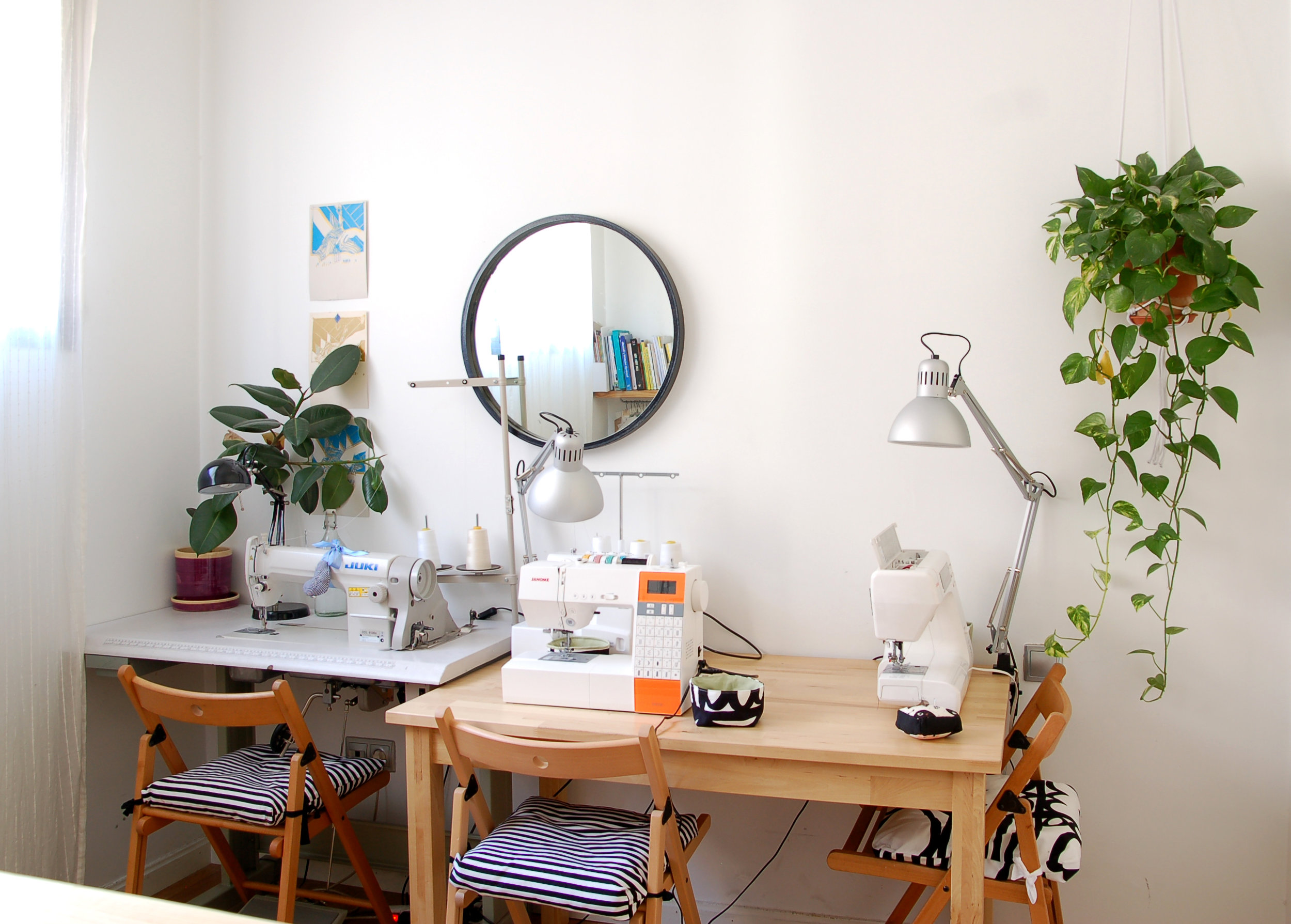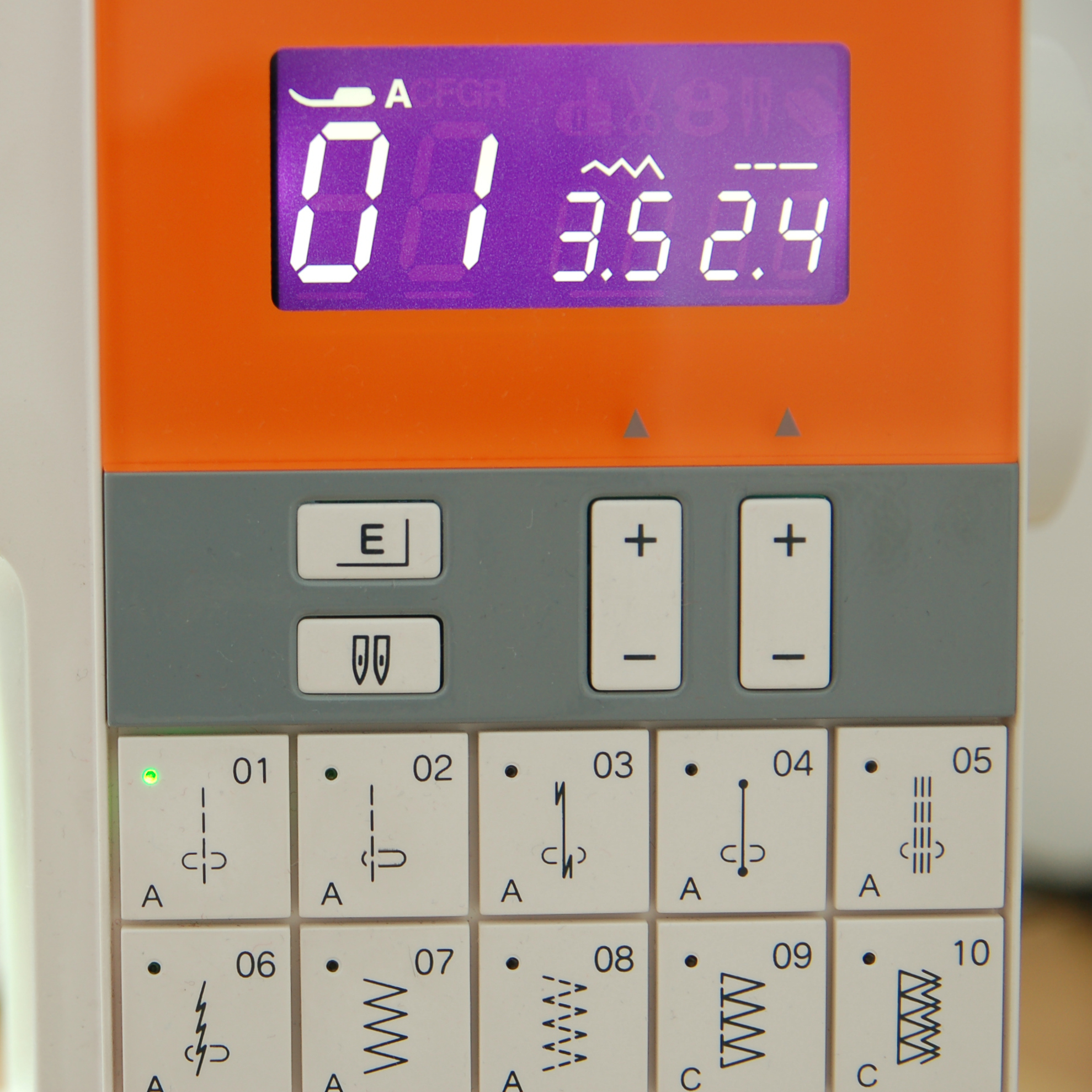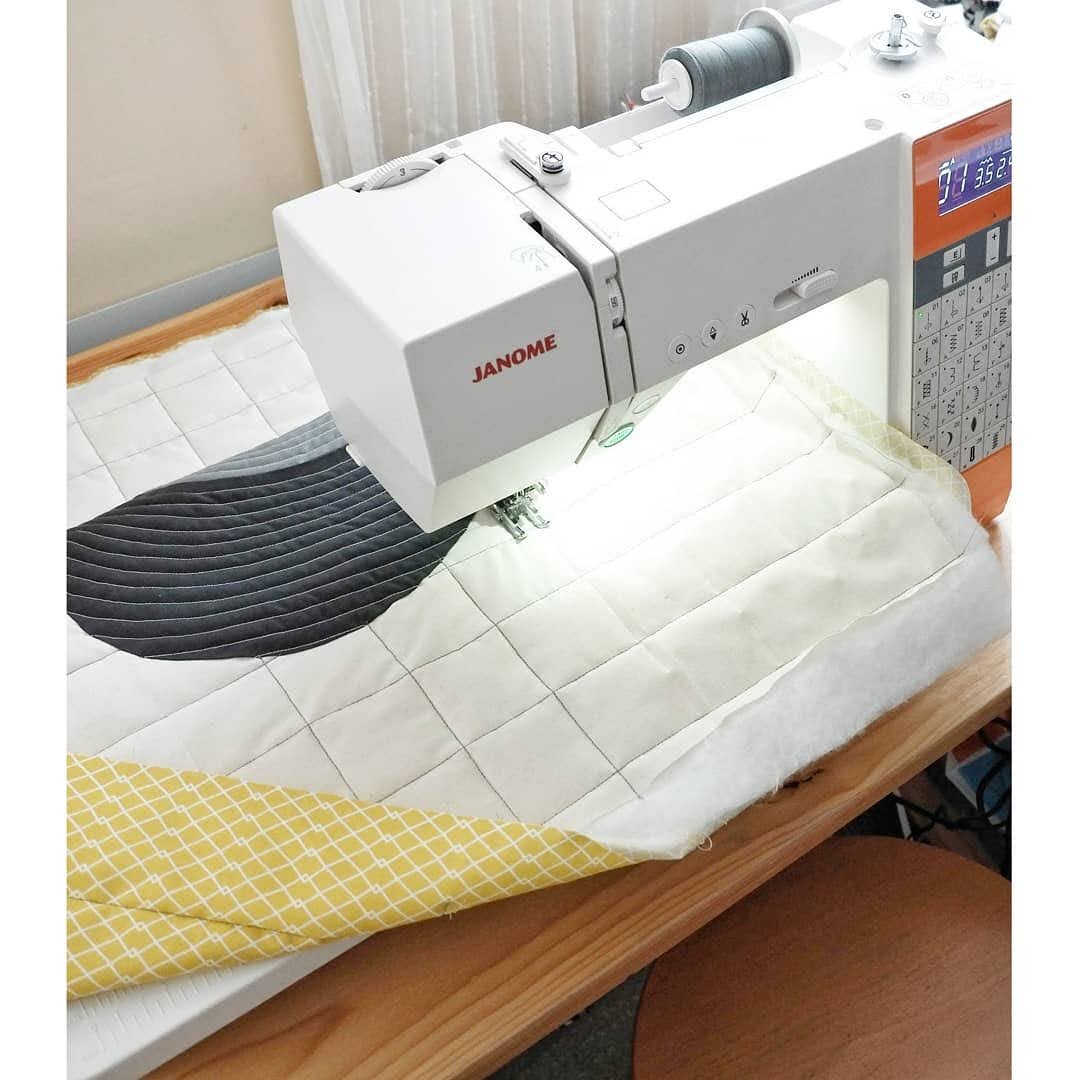Cómo elegir tu primer máquina de coser
Me gustaría empezar un poco más lejos para ampliar este post también para dar algún consejo a gente que recién quiere comprar su primera máquina. Lo más importante sería saber qué tipo de uso le vas a dar...bueno, nunca se sabe, pero hay que adivinar, verdad? Si nunca has cosido y te interesa, pero no sabes si te va a gustar: te recomiendo probar eso de coser en alguna clase de costura o pidiendo ayuda a alguien quien sabe coser. Pienso que en un mes de clases te das cuenta si es lo tuyo o no. También es buena oportunidad de probar las máquinas y ver cómo funcionan, qué es lo que te gusta y qué no. La verdad es que al principio lo más probable es que no llegas a ver tanto las diferencias entre las máquinas, sólo acabas de aprender cómo manejarlo...todavía es difícil darte cuenta de todo lo que tiene una máquina. Pero eso viene con el tiempo y no hay que preocuparse.
Si puedes encontrar a algún familiar o amigo o quien sea quien tenga una máquina sin darle uso, aprovecha y usa esa máquina para empezar. Si no sabes si está en buena forma, llévala al mecánico y que lo revisen, total, lo más probable que eso te sale más barato que directamente comprar una nueva. Las máquinas “antiguas” suelen ser muy buenas, no dejes de aprovechar la ocasión si lo tienes! Comprar de segunda mano en un sitio que no sea una tienda lo veo algo difícil. Más que nada porque no sabes si la cosa va bien o no, ya que no tienes mucha experiencia. Y aún si lo tienes, los fallos suelen ocurrir luego al darle uso, y sin garantía no puedes hacer nada.
Si no consigues que te dejen una máquina y/o piensas en comprarte una, tienes todo el mundo por descubrir. A ver...en un mundo ideal mi consejo sería acercarte a una tienda de máquinas de coser donde puedes probar distintas máquinas, te asesoran bien, incluso te dan clases y luego puedes ir al mismo sitio si necesitas soporte técnico. Ahora...como ya os conté de mi propia experiencia, aquí en Madrid por lo menos no es tan fácil. Si tienes suerte y eliges/te toca cerca un sitio con profesionales buenos que te recomiendan lo que necesitas (no uno de 700 euros para tu primera máquina…), aprovecha y compralo allí.
How to choose your first sewing machine
I’d like to start this post a bit further away from the initial theme to also give some recommendations to these people who want to buy their first sewing machine. The most important thing to know would be the use you’ll be giving the machine...well, you don’t really know yet, but you can guess, right? If you have never sewn before and you’re not sure if you like the activity I’d take some sewing classes to start with or you can ask someone who knows how to sew to show you a bit. I think that in one month of classes you’ll know if it’s your thing or not. That’s also a good opportunity to try out the machines and to see how they work, what you like and what you don’t. The truth is that in the very beginning it will be hard to see the difference between the machines, you just started to use the thing...it’s difficult to see everything a machine has to offer. But it will come with time so no worries.
If a family member, a friend or whoever you might know, has a sewing machine they don’t use, you’re in luck, you can use this machine to try out in the beginning. If you are not sure if the machine works well, take it to the tech support, it’s most likely cheaper than buying a new machine. The “old” machines are usually good, don’t waste an opportunity when you have it! I find buying a second hand sewing machine from a place that isn’t a shop quite difficult. Mostly because as a beginner you are not aware if the machine is working well or not. And even if you are not a beginner, the problems the machine has are most likely going to show up when you’ll use it and without the guarantee you can’t reclaim anything.
If you are not able to get a machine from someone or/and you want to buy one, there’s a whole world of opportunities out there. Let’s see...in an ideal world my first recommendation would be to attend your local sewing machine retailer where you’ll be well advised, maybe even they include classes when you buy a machine and later you have your tech support there too. But as I already told you about my personal experience, here in Madrid it’s not so easy. If you are lucky enough/close to a good place with professionals who can recommend you what you need according to your preferences (not a 700 euros worth machine for an absolute beginner….), go for it and buy it there.




























